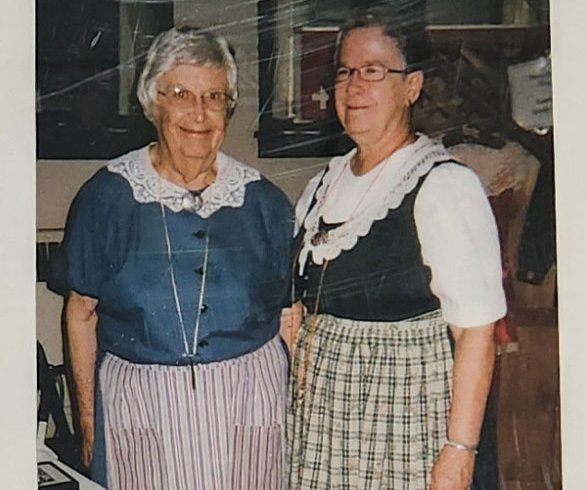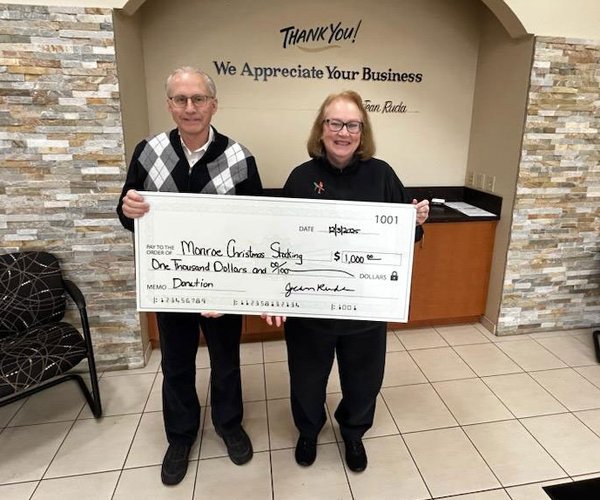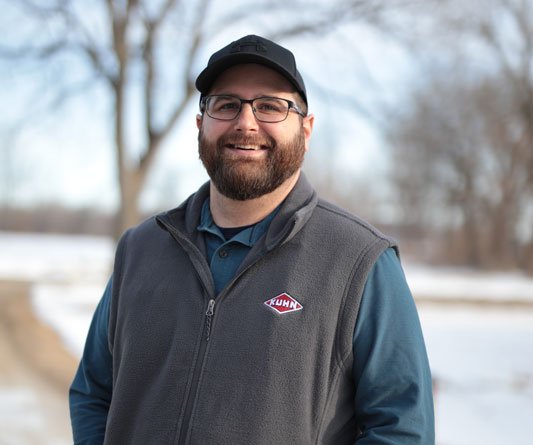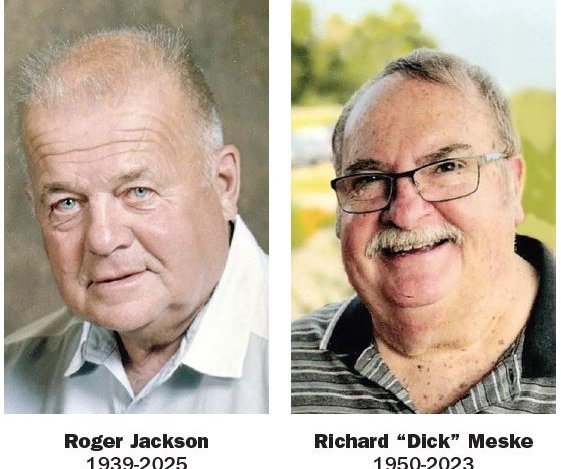MONROE — A drug that is known to reduce pain in cancer patients, improve sleep and combat anxiety was brought back to Wisconsin patients with the 2018 Farm Bill: Cannabidiol, also known as CBD.
Now, three years into the return of Wisconsin’s hemp industry, many small-scale farmers have had to find ways to stay afloat in the competitive field. In many cases, taking unique or unprecedented approaches to cultivating the plant has been the only way to stay in the game.
“One thing that’s been an ongoing issue for small-scale food producers is just the economics of farming,” FL Morris of Monticello said. “How do we make enough money to survive as independent business owners?”
Morris, along with a group of other Wisconsin farmers, found a way to do just that with the creation of the all-organic South Central Hemp Cooperative in early 2019.
“The co-op made perfect sense not only from a collaborative marketing standpoint, but also to support each other in learning how to grow a new crop when the institutional knowledge and research wasn’t available,” she said. “We’re able to support each other rather than compete with each other.”
As a producer-led co-op, members cultivate the crop and work together to market the product.
The co-op is made up of about 20 area farmers working to bring the botanic medicine to shelves in Green County and beyond, but working together as an organic cooperative is just one sliver of what makes the group so unique.
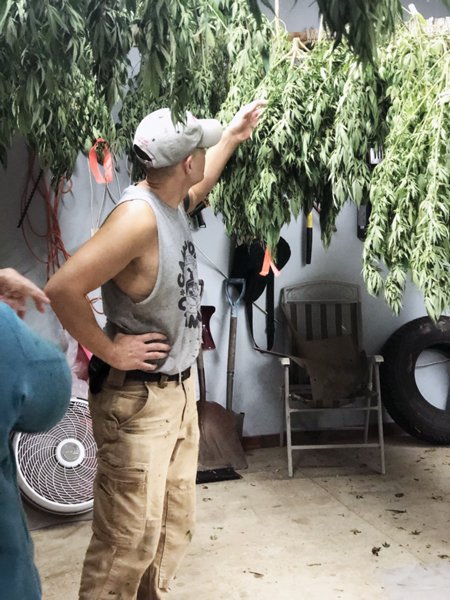

“We started this cooperative with three big goals,” member James Cassidy said. “Farmers get paid an appropriate rate for their crop, to keep the money in the local economy… and to create a product to help people.”
The second goal is an important one, because 2019 saw an influx of out-of-state, already established CBD suppliers stocking Wisconsin shelves. Morris said that because those businesses were already established in states that had previously allowed hemp and CBD sales, they had the upper hand in the market while Wisconsin producers were just getting started.
When purchasing from the co-op, community members can know exactly where their product is coming from — and that it’s safe.
Certified organic
Because hemp is a phytoremediator, is absorbs the concentrates and toxins in the soil. Co-op member Eric Jubeck said that when using an inorganic CBD product, the consumer may be unknowingly ingesting the chemicals used to treat the pant.
Toxins are not used in organic farming, so the crop is being grown in clean soil. But the journey to being USDA certified organic involves more than simply scrapping synthetics.
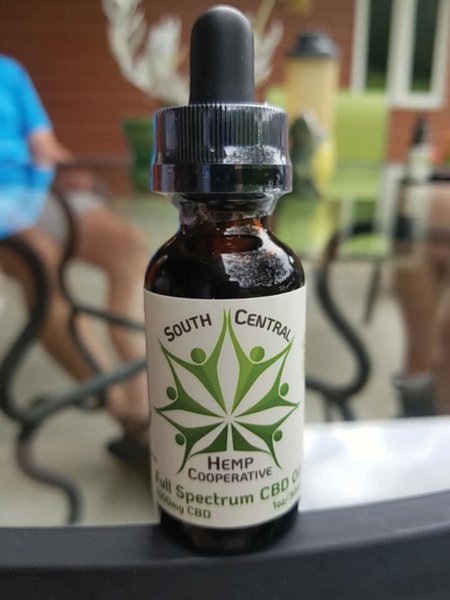

Producers will typically need to transition to certified organic over a number of years, as organic cropland needs to be free of synthetic fertilizers and pesticides for 36 months before the crop is harvested, according to MOSA organic.
More natural forms of fertilizer and pest control are often required on organic farms. Fertilizers may be made from rock minerals or natural plant and animal materials.
To many, the mere mention of cannabis brings to mind images and ideations that were engrained into American society during the War on Drugs. According to the Drug Enforcement Administration, cannabis is a Schedule 1 controlled substance with the Controlled Substances Act of 1970, but evidence of medicinal cannabis use can be traced to at least 5,000 years, according to the Queensland Government Department of Primary Industries and Fisheries.
Some consumers fear the use of CBD hemp products, concerned that they may end up high, while others doubt its medicinal value.
What differentiates legal hemp products from traditional marijuana is the next to nonexistent Tetrahydrocannabinol level, or THC.
Greg Green’s The Cannabis Grow Bible defines THC as the main psychoactive ingredient in the cannabis plant. Without high levels of THC in the end product, the user will not end up with a psychoactive “high”.
To ensure that the products available on Wisconsin shelves will not have that effect on users, the legal amount of THC in CBD is less than .3%. If a producer’s yield tests higher than the legal THC levels, it must be destroyed.
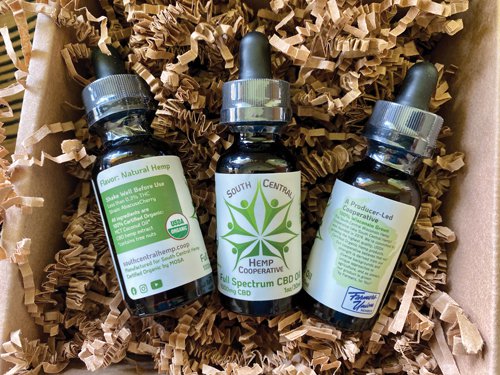

What is left, then, is a product containing only trace amounts of THC with higher levels of CBD, cannabidiol.
According to a March 19, 2020 Medical News Today article, the body produces both CB1 and CB2 receptors.
CB1 receptors coordinate functions such as movement, pain, emotion and more.
CB2 receptors impact inflammation and pain.
When consumed, CBD will stimulate the receptors, causing the body to produce its own cannabinoids, according to a PubMed Central study published by the National Institutes of Health. The study found that the stimulation may then result in the relief of pain, sleep disorders, anxiety and much more.
Aliza Sherman and Dr. Junella Chin’s book, Cannabis & CBD for Health and Wellness, highlights ancient uses for the plant, from treating seizures in the 1800s BCE to being used as an anesthetic during surgery in 200 CE.
For co-op member and veteran Steven Acheson, creating a hemp product for the community hits especially close to home.
I’m not trying to stand on a street corner selling weed to your kids. I’m trying to help adults and children with certain conditions use a natural, organic product grown locally to help relieve some symptoms.Steven Acheson, veteran, Blanchardville
After suffering from a back injury in the military, Acheson was led down a path of prescription pills and borderline addiction.
It was then that he rediscovered hemp as an alternative to prescriptions that he said would give him “brain fog”.
“It’s allowed me to have another alternative,” Acheson said. “It’s great to not have to turn to pills.”
As well as for his pain, Acheson has found hemp to help him on days when his PTSD gets bad.
But the testimonials don’t stop there.
“It just keeps me balanced,” Cassidy said.
Those hoping to gain medicinal CBD benefits should speak with a doctor before replacing prescribed medications.
“I’m not trying to stand on a street corner selling weed to your kids,” Acheson said. “I’m trying to help adults and children with certain conditions use a natural, organic product grown locally to help relieve some symptoms.”
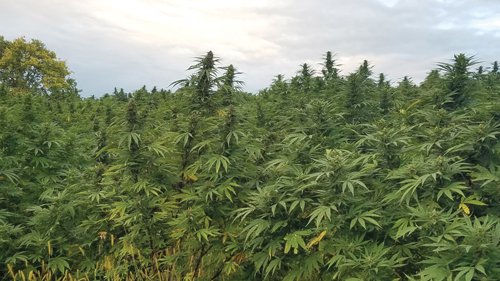

More than a joint
Cannabis can be consumed in far more ways than smoking it. When in the flower form, hemp can be ground and put into a joint, but consumers not interested in smoking the product are not out of luck.
CBD can be also consumed in the form of “edibles” like candy or brownies, vaped, or applied via tincture under the tongue.
Topical treatments such as muscle balms, lotions and gels are also available.
“There are ways to experiment with CBD without ingesting it,” Morris said.
As CBD and hemp become more widely accepted both on legal and societal levels, Morris hopes to see the cooperative continue to grow and provide unique products to the community.
“When the dust settles, we’re going to be there and not only provide service to farmers who want to diversify their income but also be here for our community and figure out how to get affordable, safe CBD to help folks so that they feel better,” she said.


